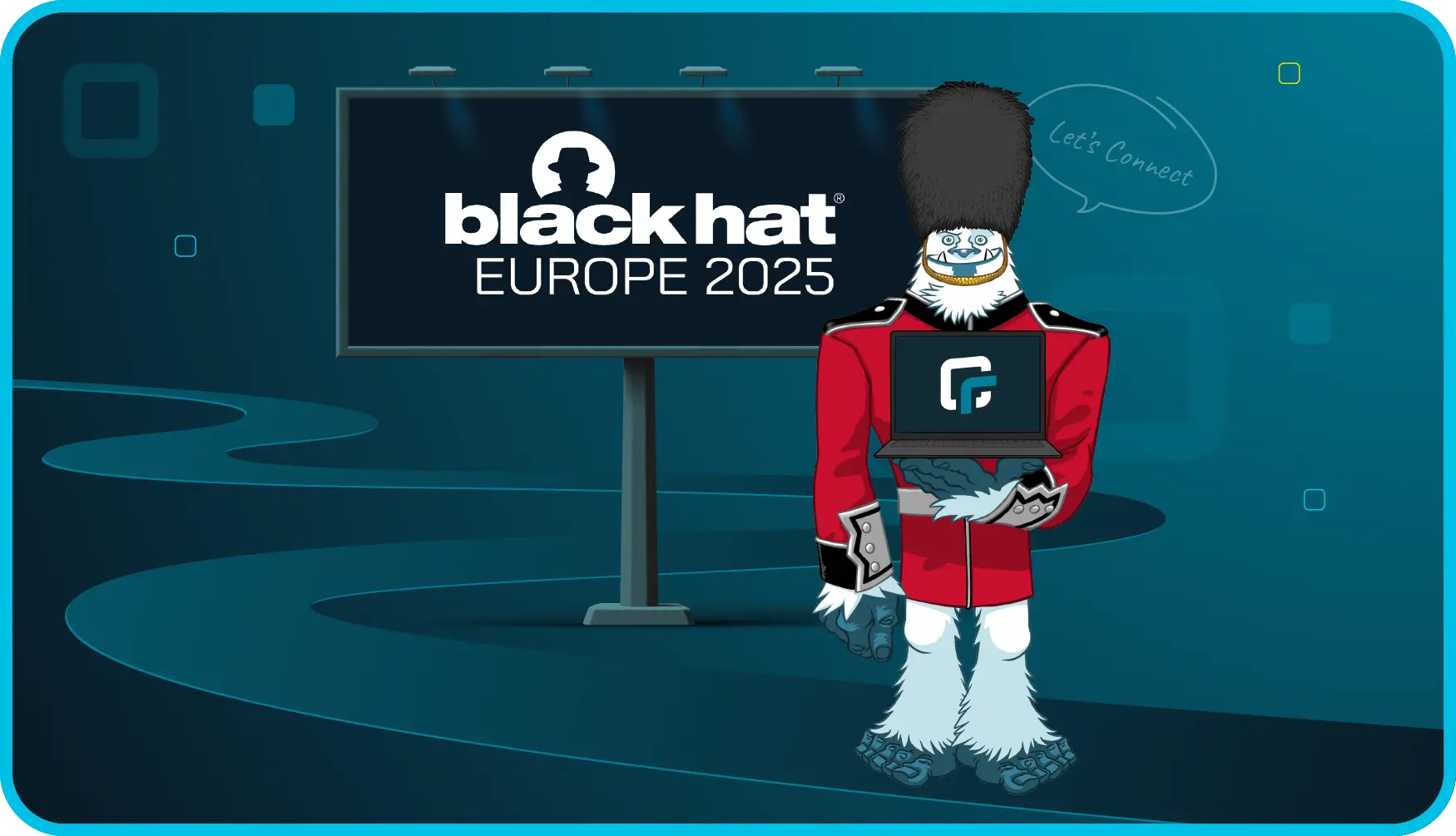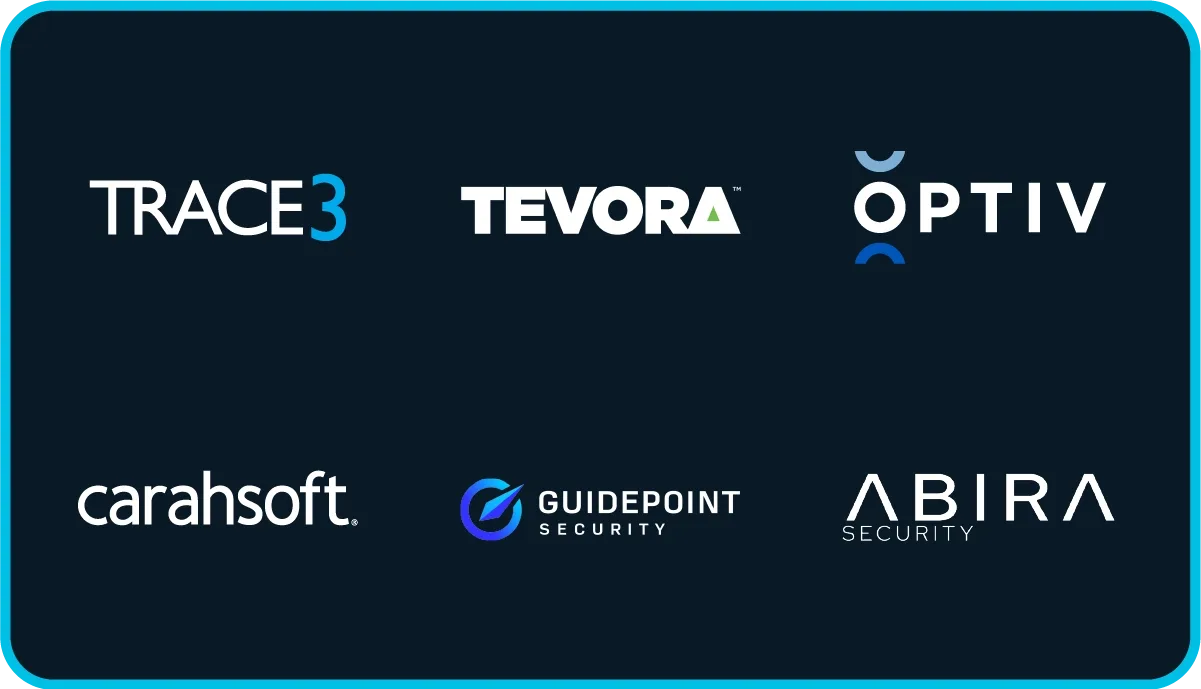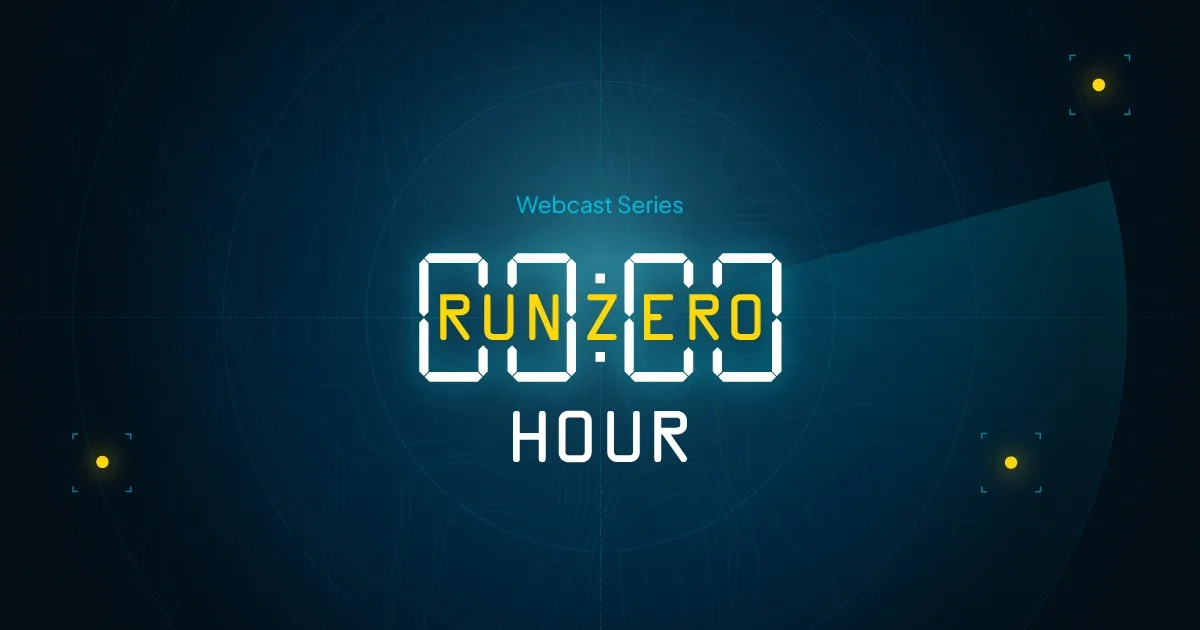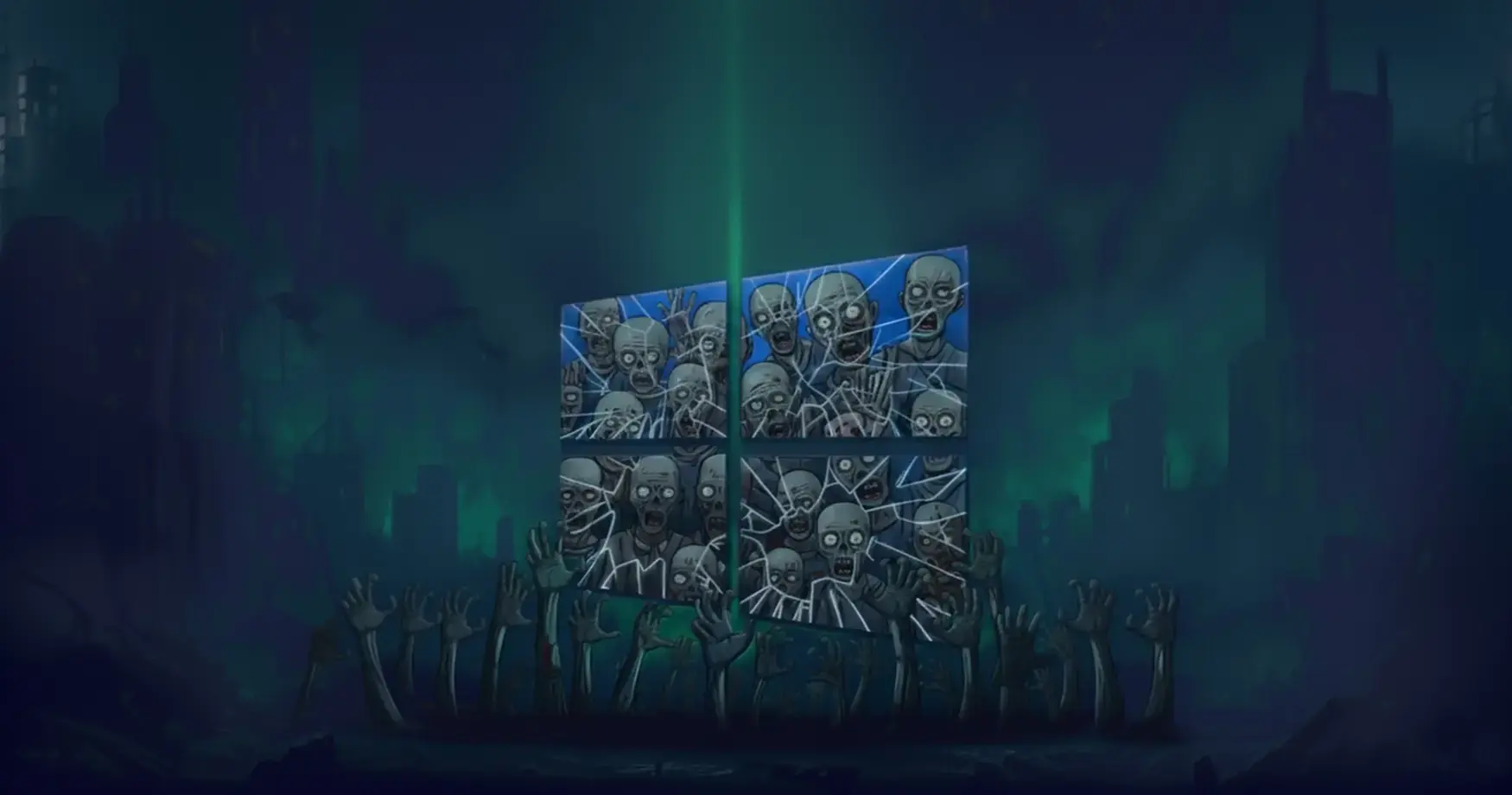
We’re just over a month out from the Winpocalypse, where all Windows 10 operating systems technically went end-of-life. I say “technically,” because this situation is different from past EOL deadlines for Windows, so let’s talk about this.
For starters, Microsoft has always offered extended security updates (ESUs) for end-of-life versions of Windows, dating back to the old Windows NT 4.0 days. But, these workarounds to EOL were only offered to enterprises with volume licensing, and required special contracts and conditions, and pretty much only governments and huge corporations went down that path.
For Windows 10, this is the first time Microsoft is trying to get otherwise casual end-users of Windows 10 on board with ESUs. Turns out, Windows 10 remains wildly popular across all markets – residential, small and medium businesses, and large enterprises. StatCounter has Windows 10 still holding about 40% of the total market share of all Windows desktops, while Windows 11 has been slowly increasing majority share since July of 2025. Today, Windows 11 is (only?) 55% of the Windows desktop market share.
In the meantime, these direct-to-consumer ESUs have been off to a rocky start, with bugs preventing people from actually installing their paid-for updates provided this November 2025 patch Tuesday. It was unclear, at least to me, where the pricing would end up for most of the year. Today, Microsoft is providing a patchwork of options, depending on your location and appetite for data sharing with Redmond.
That is all to say that Windows 10 is, in fact, technically end-of-life, but animated in a hellish state between life and death. No feature work, no tech support, and security patches are now essentially pay-to-play. Which brings us to a very quick update to our research paper, Undead by Design.
You may recall that we expected the Winpocalypse to hit the healthcare industry pretty hard. If nothing was done, we predicted that “Health Care and Social Care” enterprises would see a jump to about 40% of their networks running on EOL OSes:
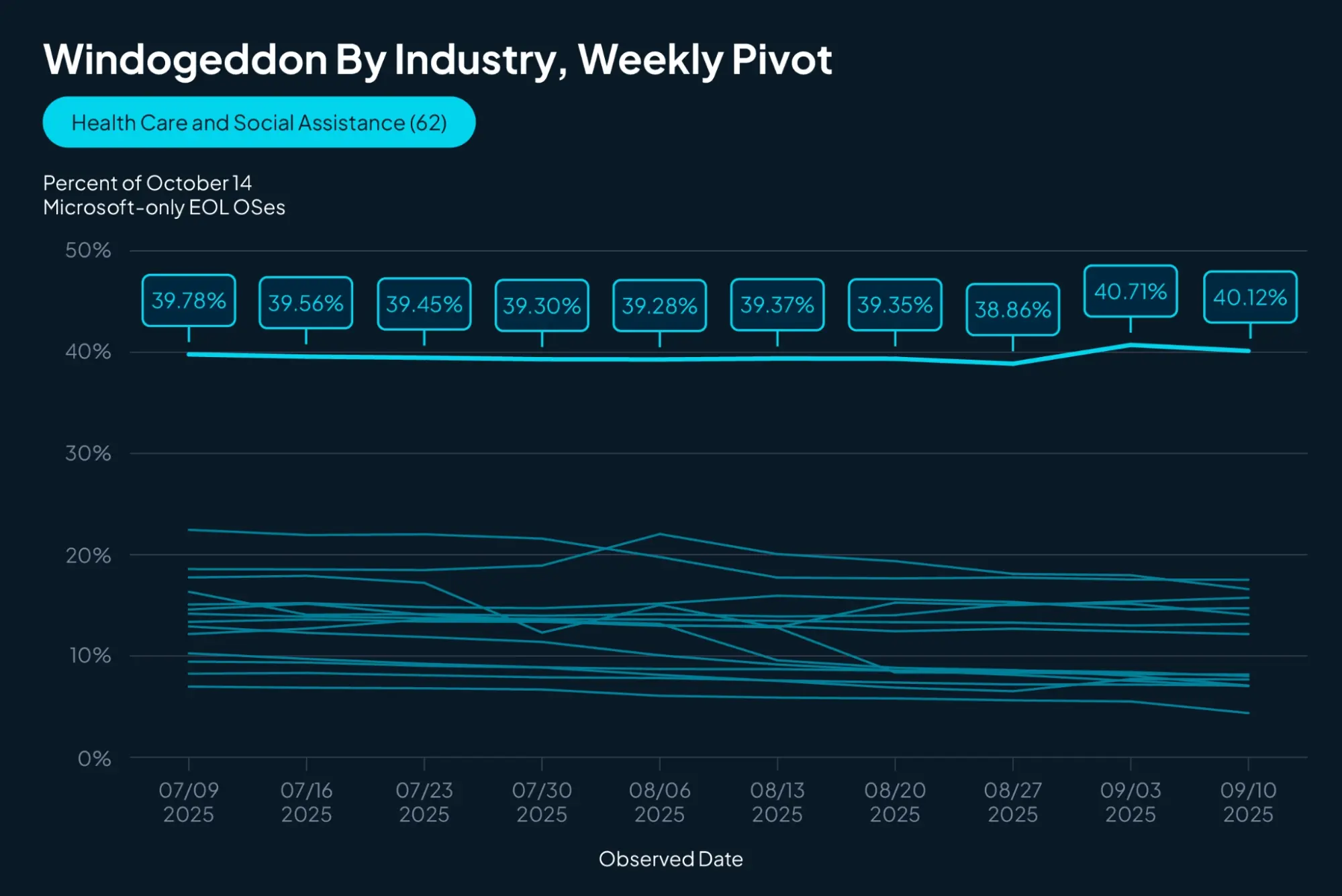
Here in November, that prediction was pretty much right on the money. The current, average levels of EOL across all industries that we track are detailed in the chart below:

Here, we see that the average network went from 5.00% extended end of life (no automatic security patches available) to 15.37%, essentially tripling overnight, and healthcare spiked to 39.88%.
I’m dubious that all, or really any, of these healthcare concerns have already gotten on board with Microsoft’s ESU offering. As time goes on and as publicly disclosed vulnerabilities start piling up, these enterprises are going to be exposed to more and more risk, and as a biological person who occasionally uses healthcare services, I’m not super thrilled with what the future holds for at least the next few months. In the best case, I expect some terrible Windows vulnerability to be exploited, widespread, that hits Windows 10 and 11 alike (hello, WannaCry). Microsoft will probably relent after sufficient public pressure and release the Win10 fix, but it’ll be slow going, precisely at the time that quick response will be required.
But, on the upside, the only industry that stuck close to the pre-Winpocalypse five percent average is Transportation and Warehousing. Great job, truckers. Time for a Smokey and the Bandit reboot, for you’re the true American heroes of IT.





